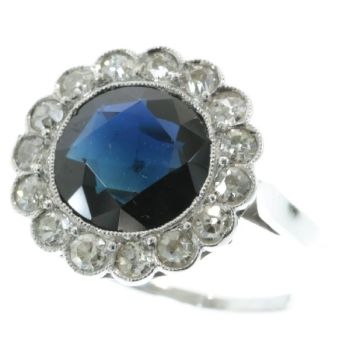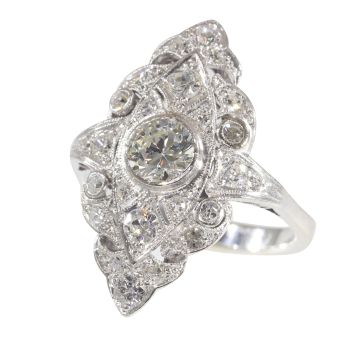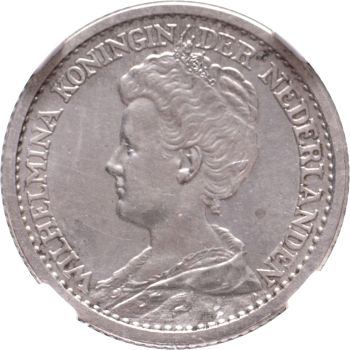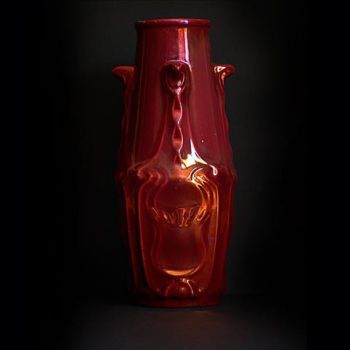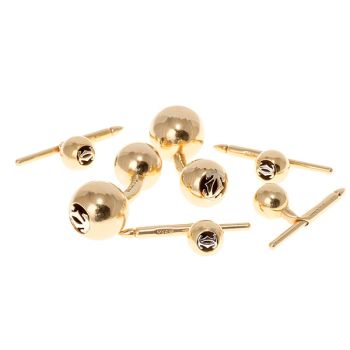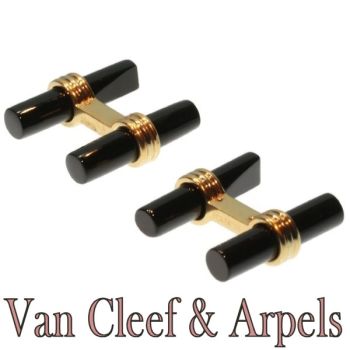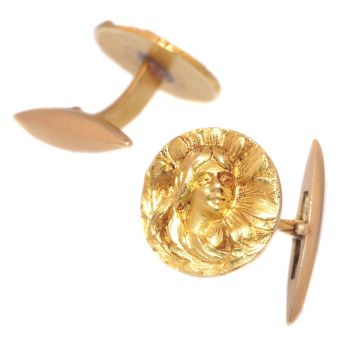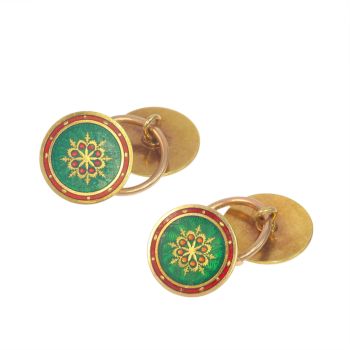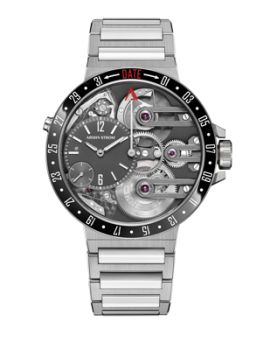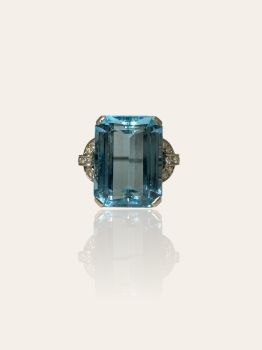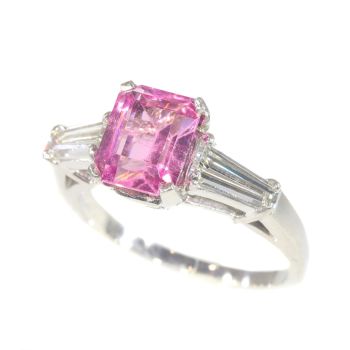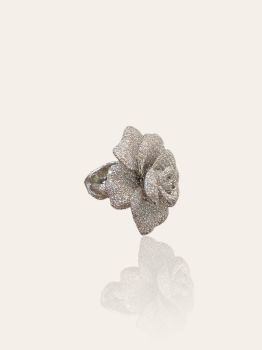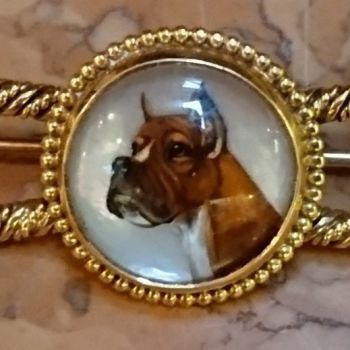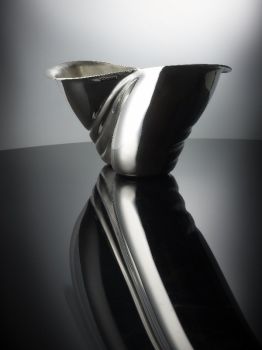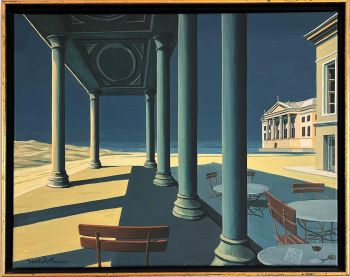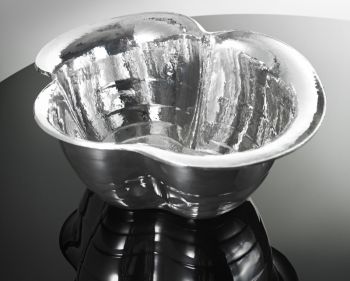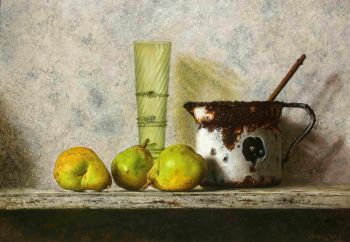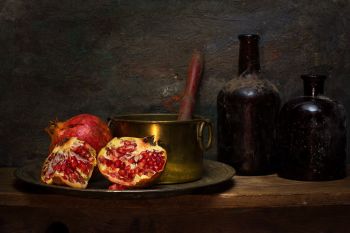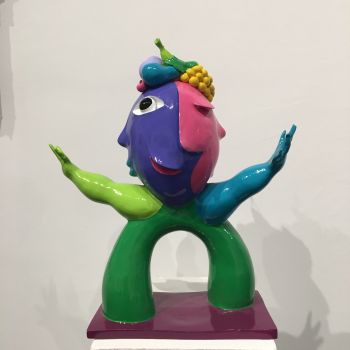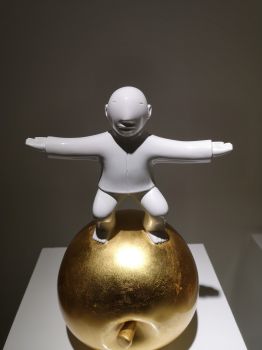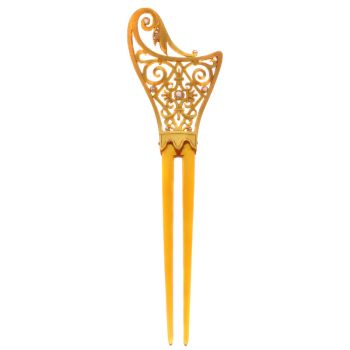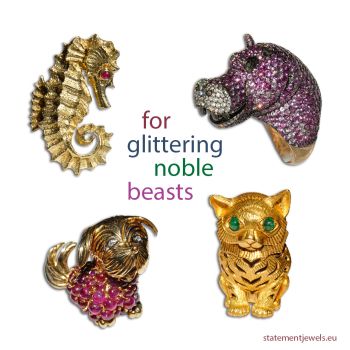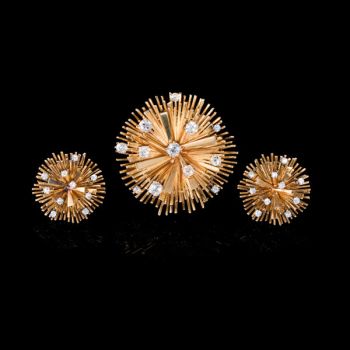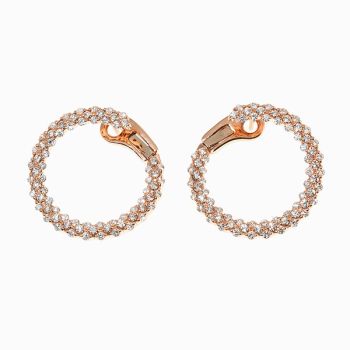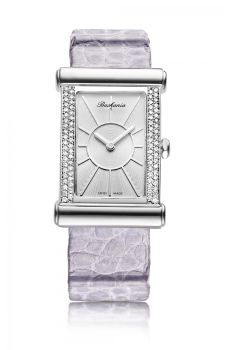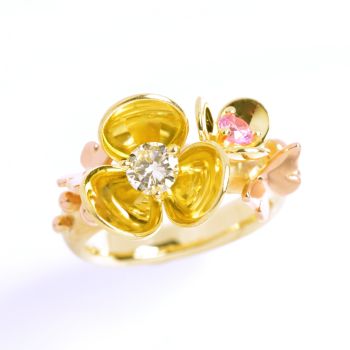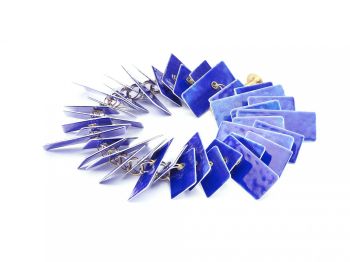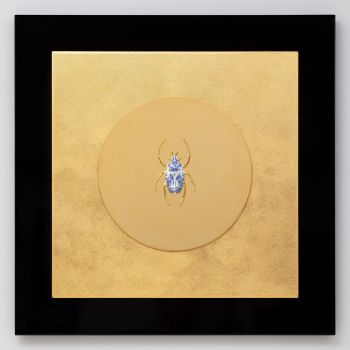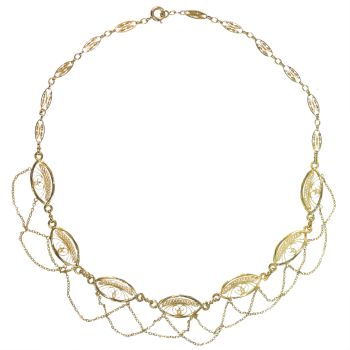Antike Manschettenknöpfe Französisch Maske aus 18 Karat Gelbgold 1880
Unbekannter Künstler
Gold
€ 5.650
Adin Fine Antique Jewellery
- Über Kunstwerk
These unique 18K yellow gold French Victorian cufflinks from 1890 depict four grinning portraits resembling characters from Ancient Greek comedy and tragedy theatre. Through a cable chain, one cufflink connects assumingly a Satyr with horns and pointyears to a devilish persona with pointed ears as well and fangs. As for the other cufflink, the portrait of a foolish old man with a moustache, a goatee and horns fit to impersonate Dionysos, the Greek god of wine, is hanging besides a feminine face withpointed ears resembling Medusa or a female worshipper of Dionysos.
With even every backside individually modelled and with the finest hinges on the back, these masculine jewels are a sample of pure French sophistication, which will assist you in any performance in this play without rehearsal that we call life.Antique jewelry object group: cufflinks
Condition: excellent condition
- (more info on our condition scale)
Country of origin: France
Style: Late-Victorian - Victorian decorative arts refers to the style of decorative arts during the Victorian era. The Victorian era is known for its eclectic revival and interpretation of historic styles and the introduction of cross-cultural influences from the middle east and Asia in furniture, fittings, and Interior decoration.
Victorian design is widely viewed as having indulged in a regrettable excess of ornament. The Arts and Crafts movement, the aesthetic movement, Anglo-Japanese style, and Art Nouveau style have their beginnings in the late Victorian era.
- See also: late-Victorianor more info on styles
Style specifics: Late Victorian / early Art Nouveau - The subject of this piece, although typical 19th Century, announces the coming of the Art Nouveau style.
Extra information: These cufflinks are a strong representation of the craftsmanship of the medallists of the Late Victorian era in France. Designers continued to use this technique of engraving medals extensively during the Art Nouveau period. The manufacturing of thistype of jewellery became so widely known and appreciated, that the makers deserved their own style division, called "the medallists".
Period: ca. 1880
- (events & facts of this era, poetry of this era, fashion of this era)
Source of inspiration: Mythology
Theme: Four comedy and tragedy masks (?)
Material: 18K yellow gold
- (more info on precious metals)
Hallmarks: The French control mark for 18K gold representing an eagle's head that was in use in France from about 1838.
- (more info on hallmarks)
Dimensions: each head approximately 1,77 cm (0,70 inch) x 1,17 cm (0,46 inch)
Weight: 11,40 gram (7,33 dwt)
Reference Nº: 16061-0012
Copyright photography: Adin, fine antique jewelry
- Über Künstler
Es kann vorkommen, dass ein Künstler oder Hersteller unbekannt ist.
Bei einigen Werken ist nicht zu bestimmen, von wem sie hergestellt wurden, oder sie wurden von (einer Gruppe von) Handwerkern hergestellt. Beispiele sind Statuen aus der Antike, Möbel, Spiegel oder Signaturen, die nicht klar oder lesbar sind, aber auch einige Werke sind überhaupt nicht signiert.
Außerdem finden Sie folgende Beschreibung:
•"Zugeschrieben …." Ihrer Meinung nach wohl zumindest teilweise ein Werk des Künstlers
•„Atelier von ….“ oder „Werkstatt von“ Ihrer Meinung nach eine Arbeit, die im Atelier oder in der Werkstatt des Künstlers, möglicherweise unter seiner Aufsicht, ausgeführt wurde
•„Kreis von ….“ Ihrer Meinung nach ein Werk aus der Zeit des Künstlers, das seinen Einfluss zeigt, eng mit dem Künstler verbunden, aber nicht unbedingt sein Schüler
•"Art von …." oder „Anhänger von ….“ Ihrer Meinung nach eine Arbeit, die im Stil des Künstlers ausgeführt wurde, aber nicht unbedingt von einem Schüler; kann zeitgenössisch oder fast zeitgenössisch sein
•„Art von ….“ Ihrer Meinung nach ein Werk im Stil des Künstlers, aber späteren Datums
•"Nach …." Ihrer Meinung nach eine Kopie (jegliches Datums) eines Werks des Künstlers
• „Unterzeichnet …“, „Datiert …“. oder „Beschriftet“ Ihrer Meinung nach wurde das Werk vom Künstler signiert/datiert/beschriftet. Das Hinzufügen eines Fragezeichens weist auf einen Zweifel hin
• „Mit Unterschrift …“, „Mit Datum …“, „Mit Aufschrift ….“ oder „Trägt Unterschrift/Datum/Beschriftung“ ihrer Meinung nach die Unterschrift/Datum/Beschriftung von jemand anderem als dem Künstler hinzugefügt wurde
Sind Sie daran interessiert, dieses Kunstwerk zu kaufen?
Artwork details
Related artworks
- 1 - 4 / 12
- 1 - 4 / 24
- 1 - 4 / 24
Marie-Jeanne van Hövell tot Westerflier
Contemplation 012006 - 2017
Preis auf AnfrageKoster Fine Art Gallery
1 - 4 / 24Samuel Dejong
Anatomia Blue heritage II Goliath Beetle closed BGG2019
Preis auf AnfrageVilla del Arte Galleries
1 - 4 / 24- 1 - 4 / 12










